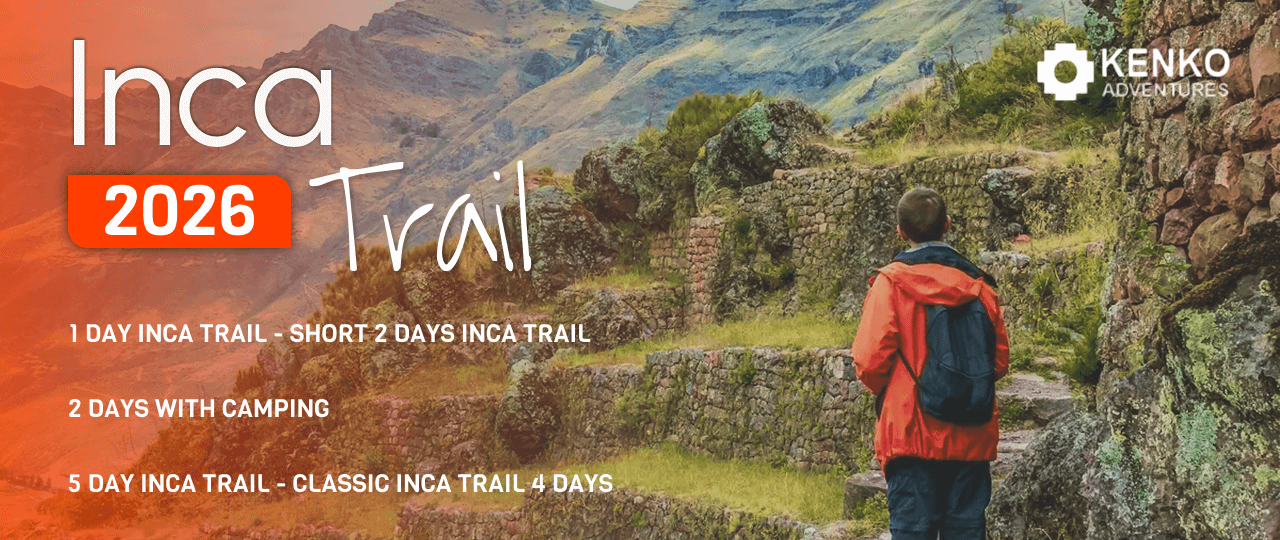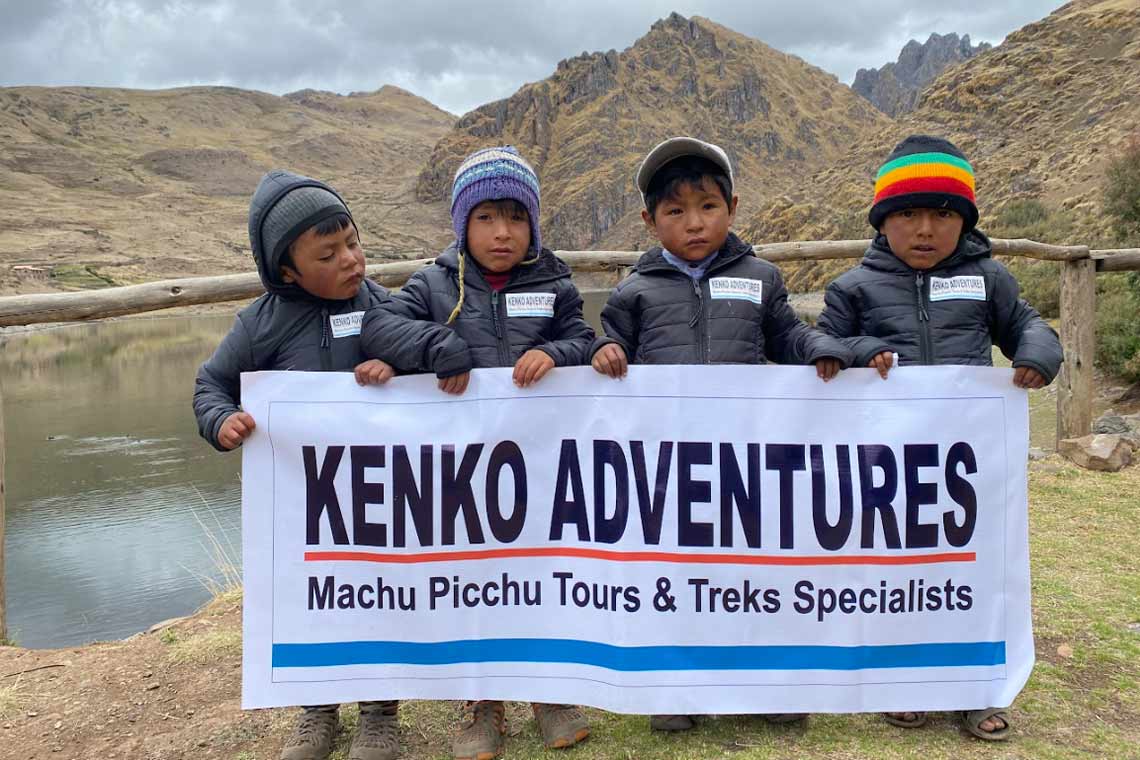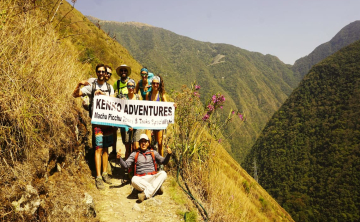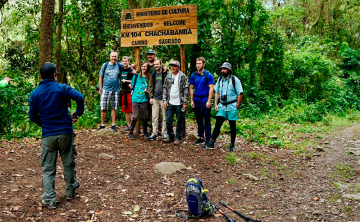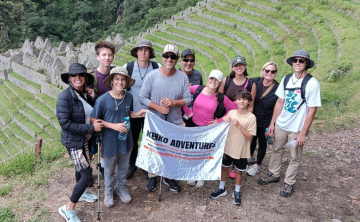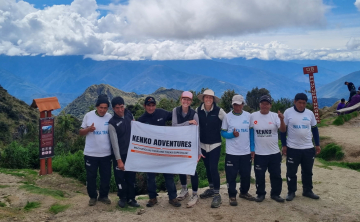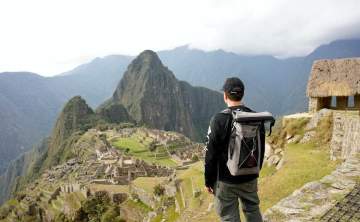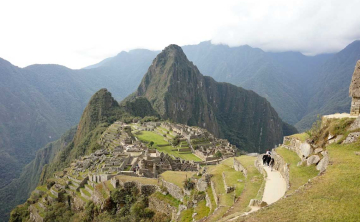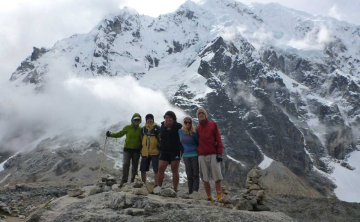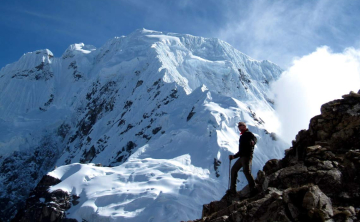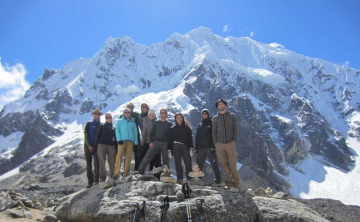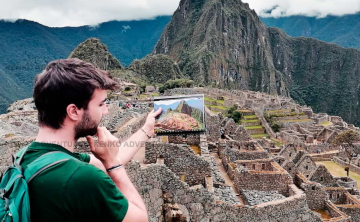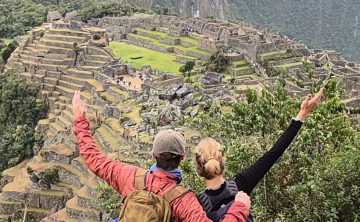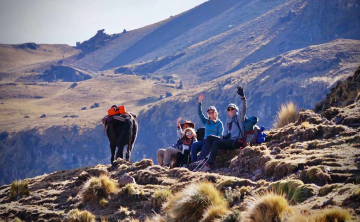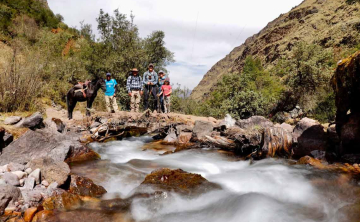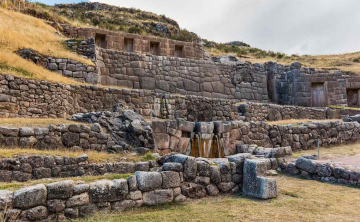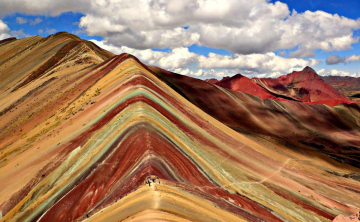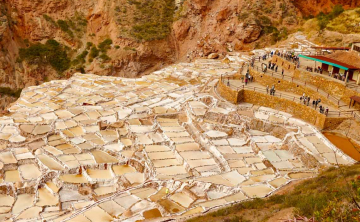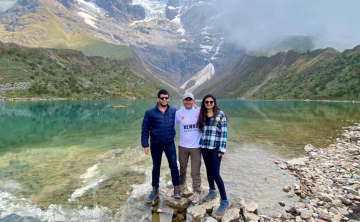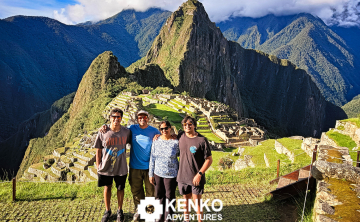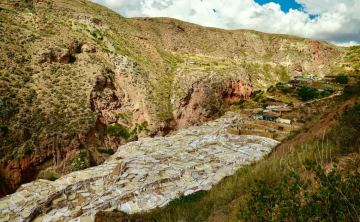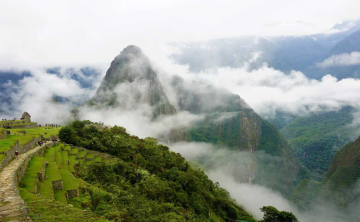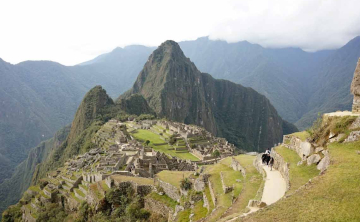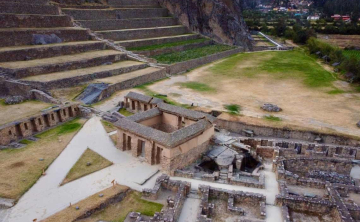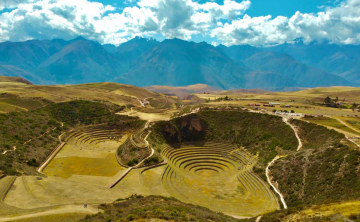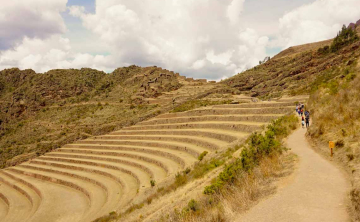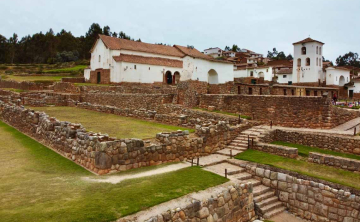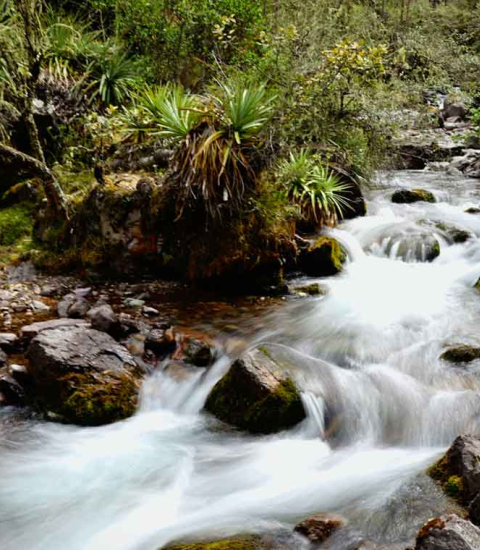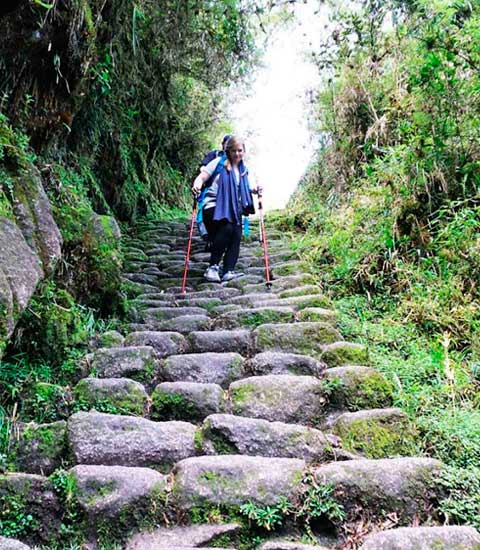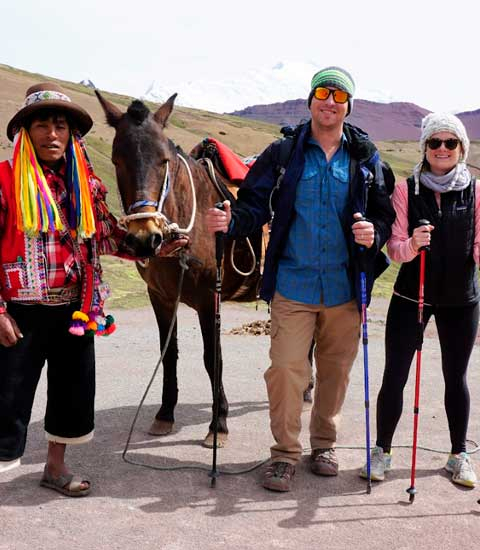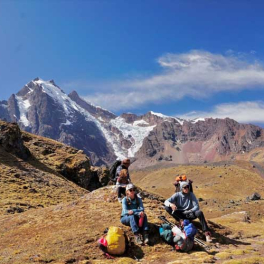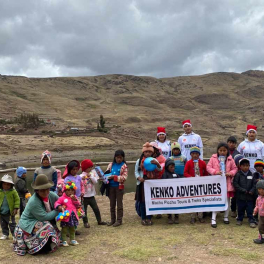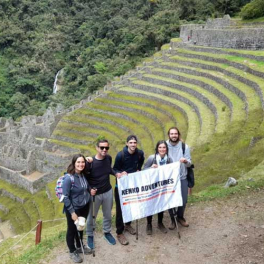How was Machu Picchu Found?
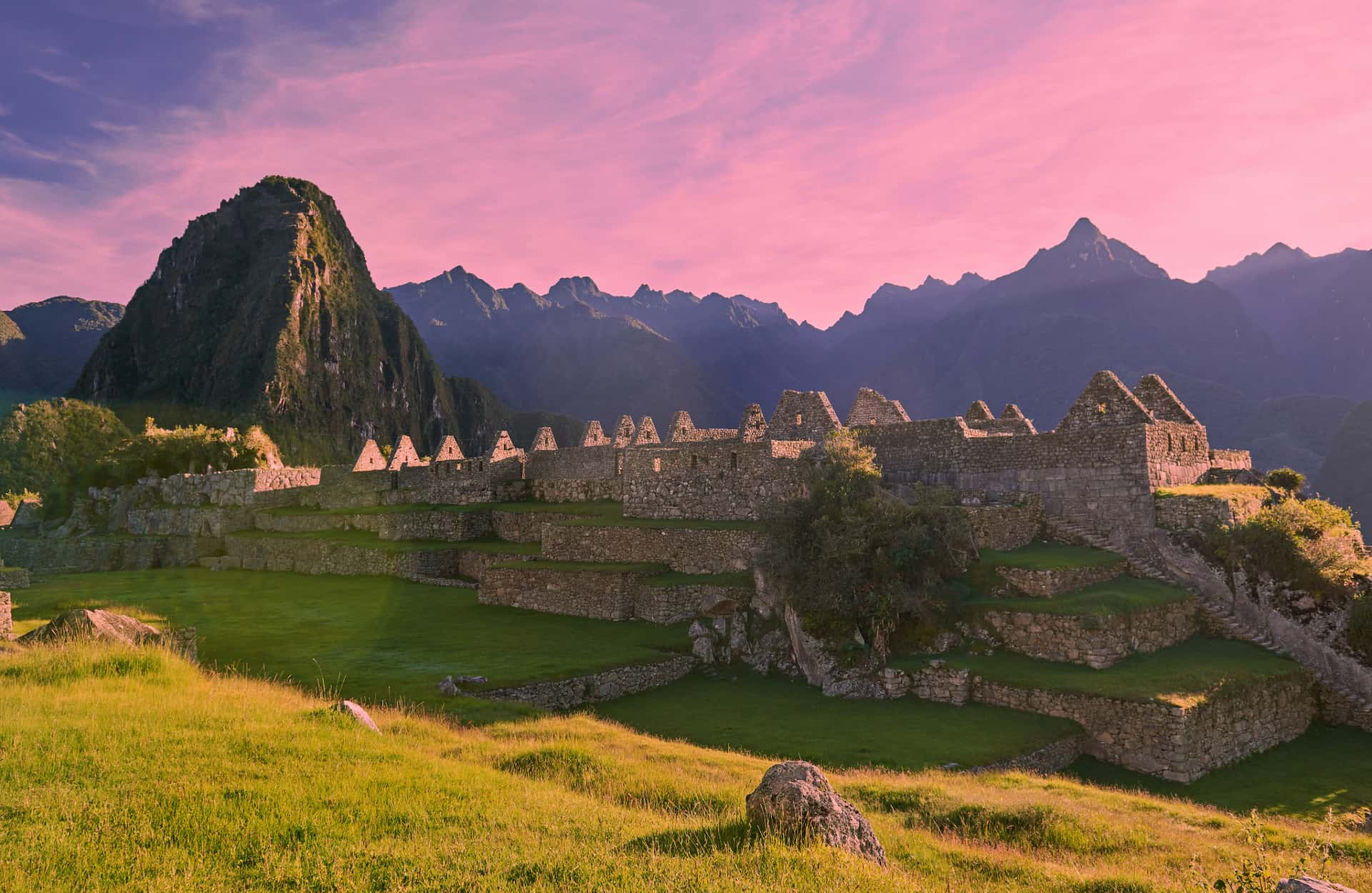
Machu Picchu, the renowned and awe-inspiring monument in Peru, holds a top spot on the travel bucket lists of many. There exist several intriguing aspects about Machu Picchu that might surprise you, including its discovery and the individuals behind it, along with lesser-known details about this enchanting Inca citadel.
While Machu Picchu has stood for centuries, it's commonly attributed to American archaeologist Hiram Bingham for its "discovery" in 1911. Bingham, a law professor at Yale University with a keen interest in archaeology, stumbled upon the site by accident while searching for another location, Vilcabamba, guided by a local boy. Initially, Bingham believed Machu Picchu to be the Lost City of the Incas, where the Incas resisted Spanish conquest, though later it was identified as Espiritu Pampa. Gene Savoy later disproved Bingham's theory.
The purpose and age of Machu Picchu remain topics of debate among archaeologists, with some suggesting it served as a remote retreat for the Inca royalty around 1532, while others argue for an earlier construction in the early 1400s. The true nature of Machu Picchu, whether fortress or religious pilgrimage site, continues to be a subject of exploration and interpretation.

Bingham's Journey
In 1906, Bingham retraced Simon Bolivar's journeys through Venezuela and Colombia during the 1820s. Then, in 1909, he explored the historic trade routes of South America, following the old path from Buenos Aires to Lima, passing through Cuzco. By 1911, he organized a small expedition to Peru aiming to find the elusive "lost city" of Vilcabamba, the supposed final sanctuary of Inca leader Manco Capac II during his resistance against Spanish invaders in the 1530s.
Bingham's journey led him and a party of seven to Cuzco and eventually to Mandor Pampa, near Aguas Calientes, where they encountered a local farmer named Melchor Arteaga. Through Bingham's interpreter, Arteaga mentioned extensive ruins high in the nearby mountains, referred to in Quechua as Machu Picchu, meaning "old mountain."
The following morning, despite the disinterest of his companions, Bingham, Arteaga, and the interpreter embarked on a challenging climb through rain and mist to reach the ruins. What they found astonished them: meticulously crafted stone terraces and walls of ruined houses, hidden amidst overgrowth yet exquisitely preserved.
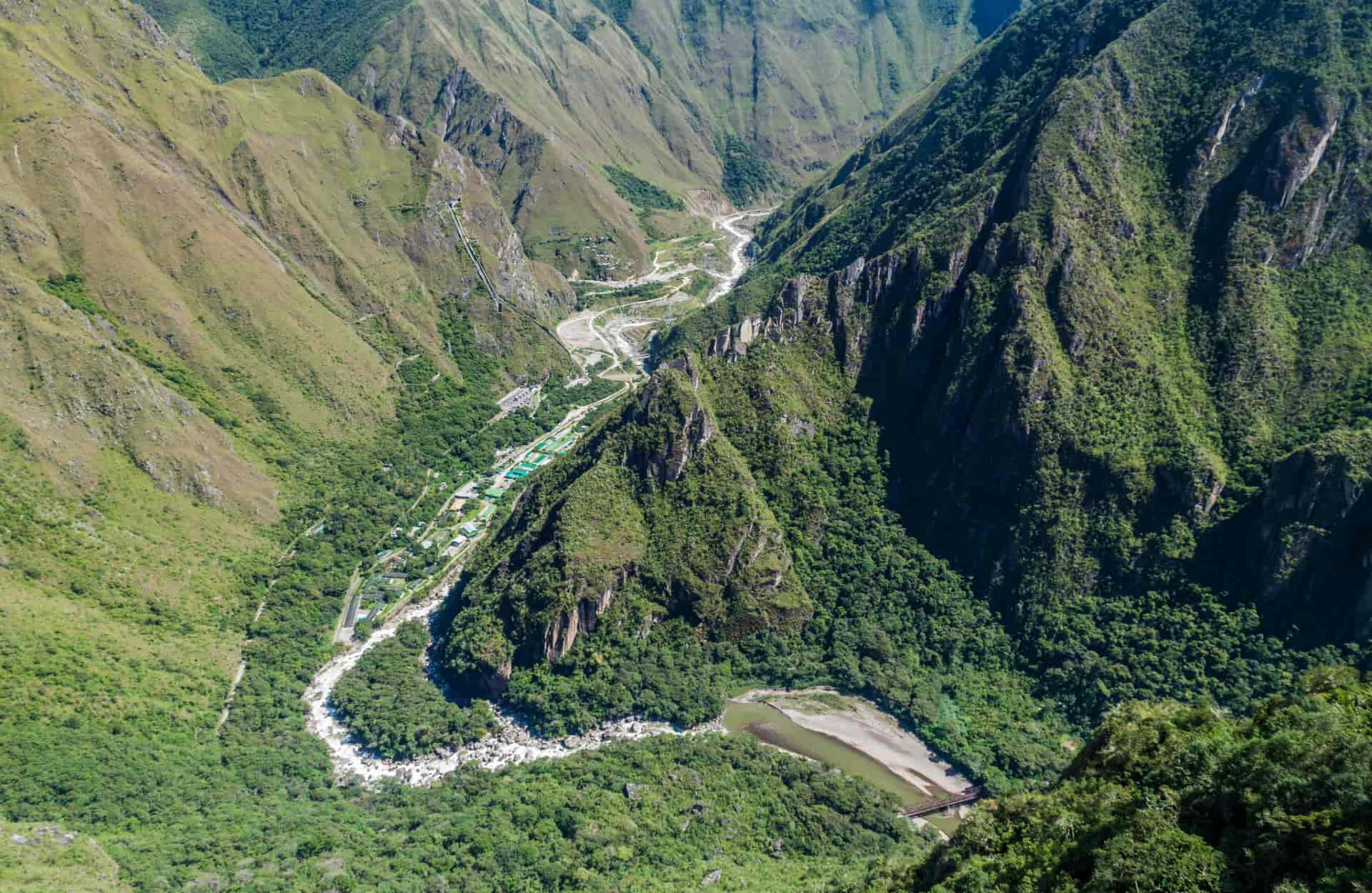
Convinced he had found Vilcabamba, Bingham remained captivated by Machu Picchu, returning in subsequent years to document the site extensively. His collection of artifacts and photographs stirred controversy, sparking disputes between the Peruvian government and Yale University.
After World War I, Bingham shifted into politics in Connecticut, serving as a US senator in the 1920s and 1930s. Despite his accomplishments, his personal life faced turmoil, marked by marital infidelity and eventual divorce from his wife, Alfreda, in 1937. Later, in the 1950s, Bingham played a contentious role as head of President Truman's Loyalty Review Board, overseeing dismissals of civil servants suspected of Communist sympathies. He passed away in Washington DC in 1956 at the age of 80.
During the Conquest
Machu Picchu remained hidden for centuries primarily due to the strategic measures taken by the Incas to conceal its existence and avoid detection by Spanish invaders.
The Incas abandoned Machu Picchu approximately one hundred years after its construction out of fear that the Spanish would locate and exploit it. They went to great lengths to prevent its discovery, including burning the forest trails as they descended the mountain, effectively erasing all visible paths leading to Machu Picchu. This meticulous plan proved successful, as neither the Spanish nor anyone else stumbled upon Machu Picchu for over 300 years.
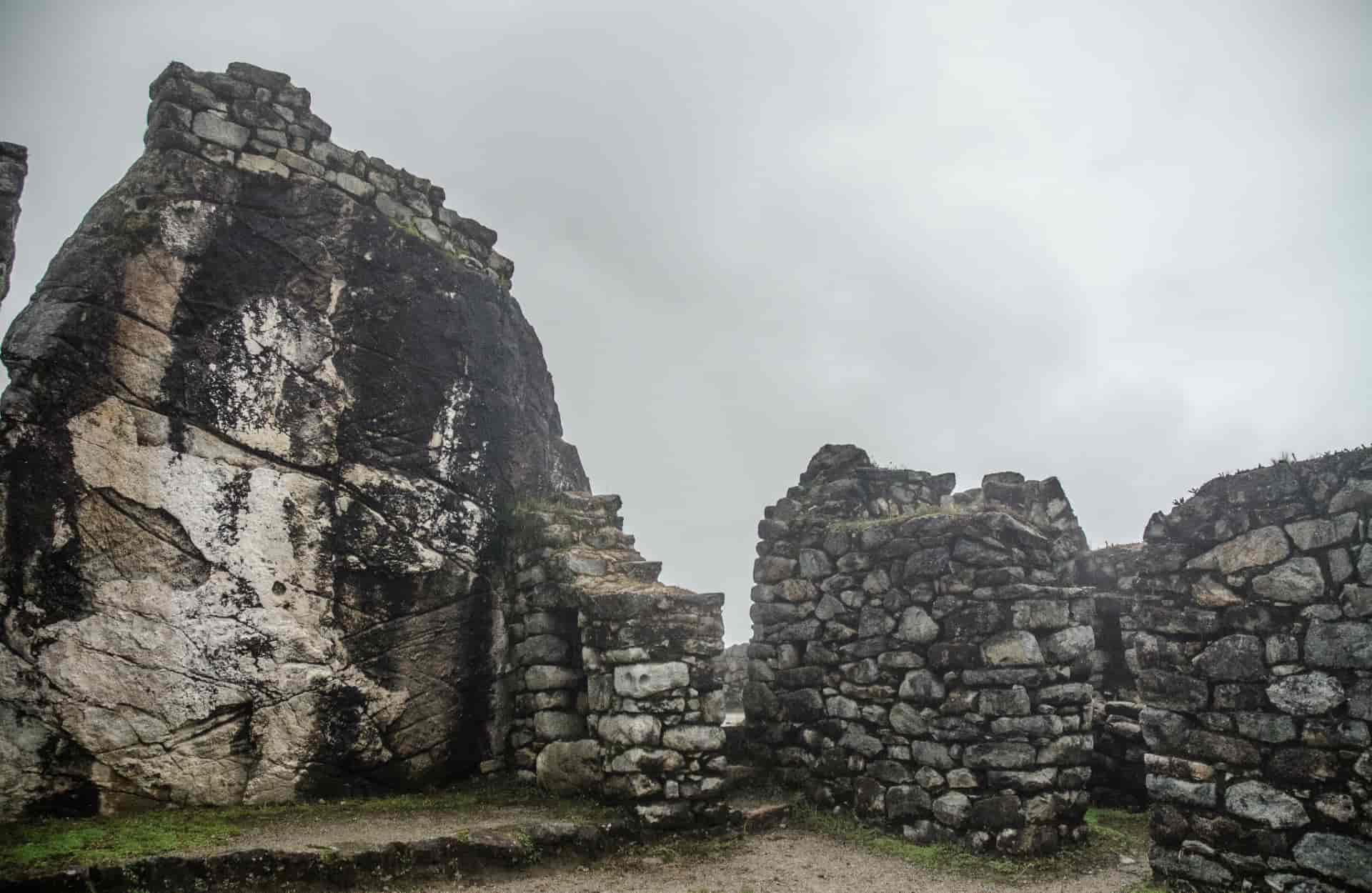
Archaeological Feats
One of the most astounding achievements of the Incas at Machu Picchu was their method of transporting massive stones up the mountains. Astonishingly, they manually carried these stones, collaborating to navigate the rocky terrain. Their exceptional craftsmanship is evident in the precisely cut stones that fit together seamlessly, akin to a jigsaw puzzle. This technique endowed the structures with a remarkable resistance to seismic activity, shielding them from numerous earthquakes.
Evidence suggests that the Incas shared Machu Picchu with other peoples and tribes. Archaeologists like Brian Bauer have uncovered textiles and ceramics from various regions of Peru, indicating regular habitation or visitation by diverse groups. Visiting Machu Picchu, one is struck by its architectural marvels, with an estimated 60% of structures lying underground, concealed within a network of walls and drains. Despite extensive exploration since its discovery, Machu Picchu retains an aura of mystery, with ongoing excavations yielding intriguing finds.
In 2014, French explorer Thierry Jamin uncovered a hidden door at Machu Picchu, speculating that it leads to the burial chamber of Inca ruler Pachacuti Inca Yupanqui. However, the Peruvian government, aiming to preserve the site's integrity, has prohibited access to the door to prevent potential damage to this archaeological treasure.
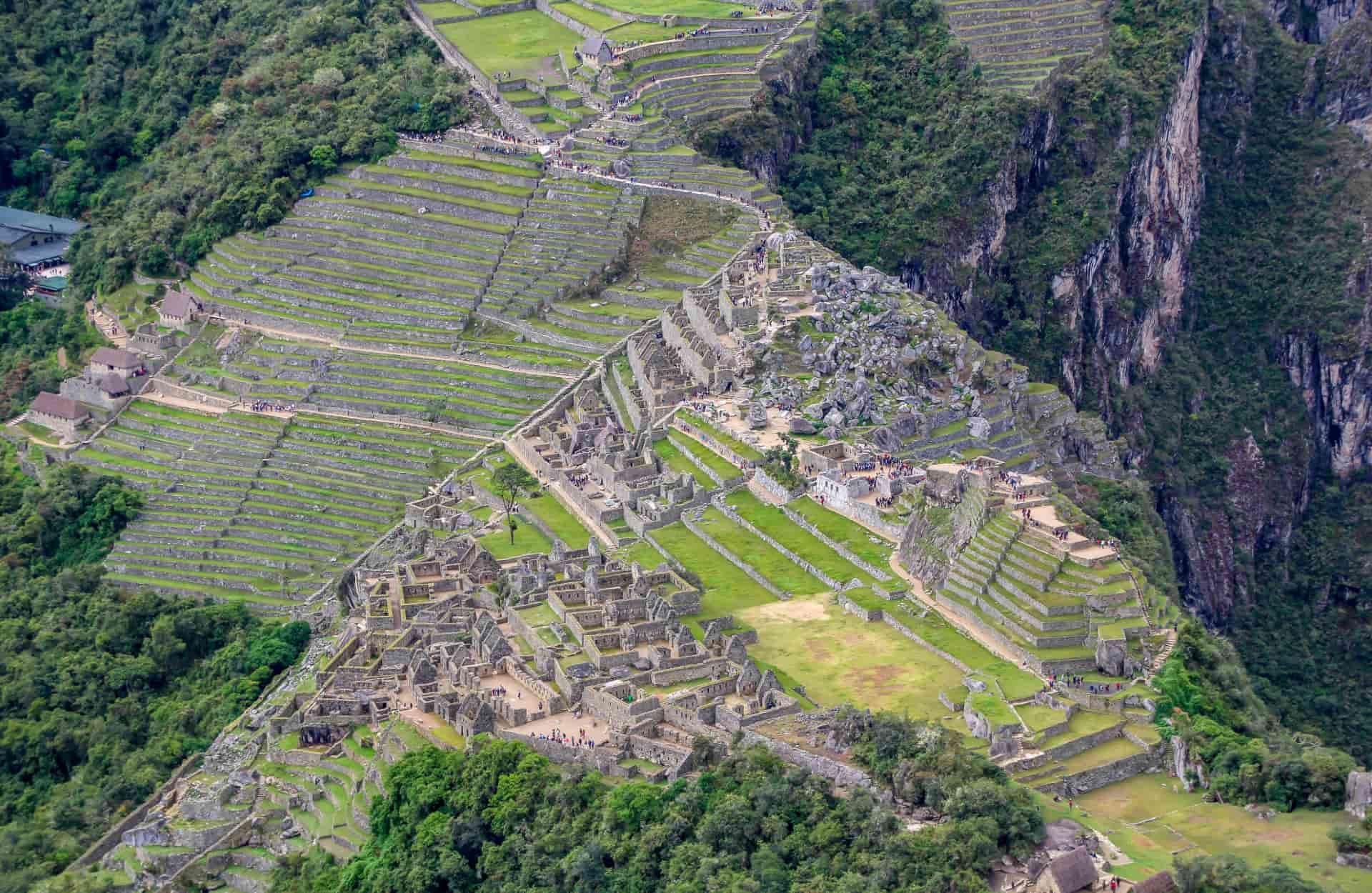
To finalize
In conclusion, the narratives surrounding Machu Picchu, from its discovery by Hiram Bingham to the ongoing archaeological explorations and debates, paint a rich tapestry of human ingenuity and historical intrigue. The remarkable achievements of the Incas in constructing and concealing this ancient citadel continue to captivate researchers and visitors alike. Machu Picchu stands as a testament to the enduring legacy of the Inca civilization and the mysteries that still linger within its stone walls. As exploration and preservation efforts persist, Machu Picchu remains a beacon of cultural heritage and a symbol of the enduring quest to unlock the secrets of our past.
Contact Kenko Adventures now and begin with your adventure to the Lost City of the Incas' adventure.

